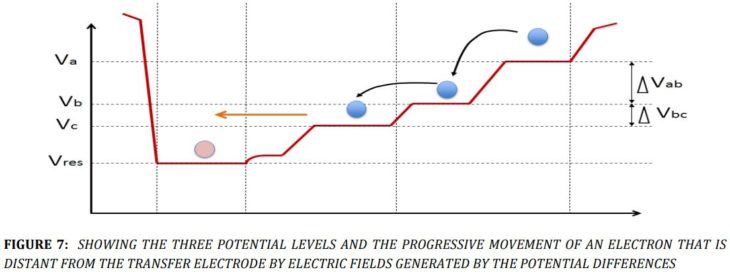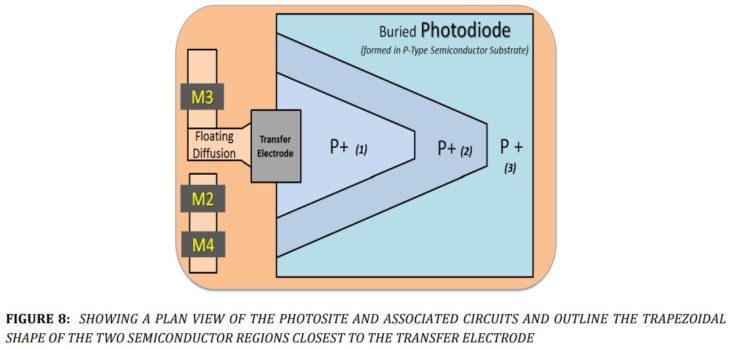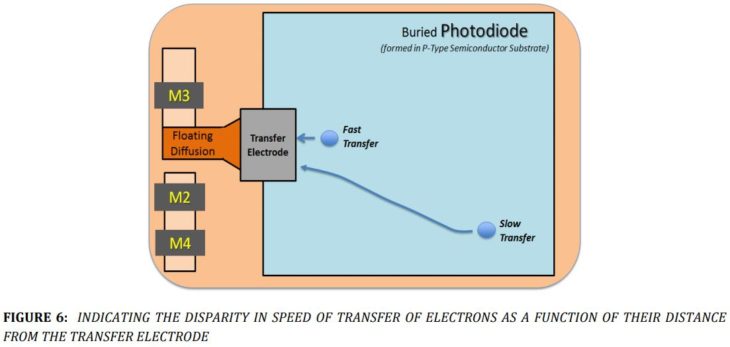Canon Digital Learning Center articles about SpeedLite 470EX-AI
Canon SpeedLite 470EX-AI at a glance:
- Auto Intelligent Bounce Head
- Compatible with Canon E-TTL / E-TTL II
- Guide Number: 154′ at ISO 100 and 105mm
- Zoom Range: 24-105mm (14mm with Panel)
- Tilts Upward 120°, +/- 180° Rotation
- AI.B Full-Auto and AI.B Semi-Auto Modes
- Optical Receiver Mode
- LCD Panel
- AF Assist Beam
- Runs on 4x AA Batteries
The Canon Digital Learning Center posted a set of technical/instructional articles about the new Canon SpeedLite 470EX-AI.
- What’s New: Speedlite 470EX-AI — Basic Information
- What’s New: Added Control with Speedlite 470EX-AI’s Personal Functions
- What’s New: Speedlite 470EX-AI’s Revolutionary A.I. Bounce
Pre-orders for the Canon Speedlite 470EX-AI are open at $339 at B&H Photo | Adorama | Amazon

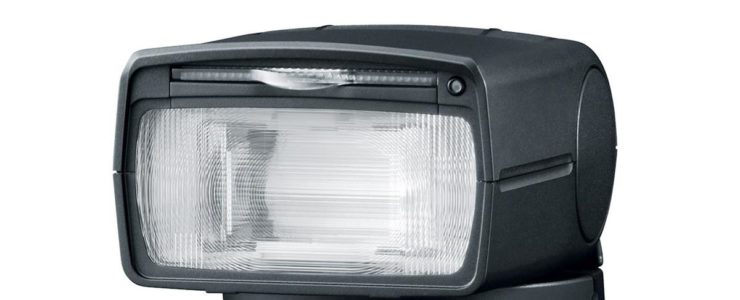
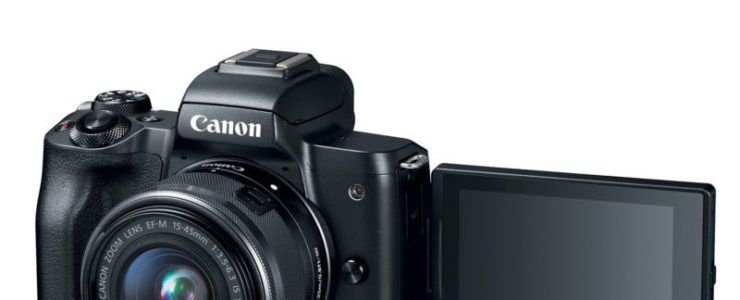
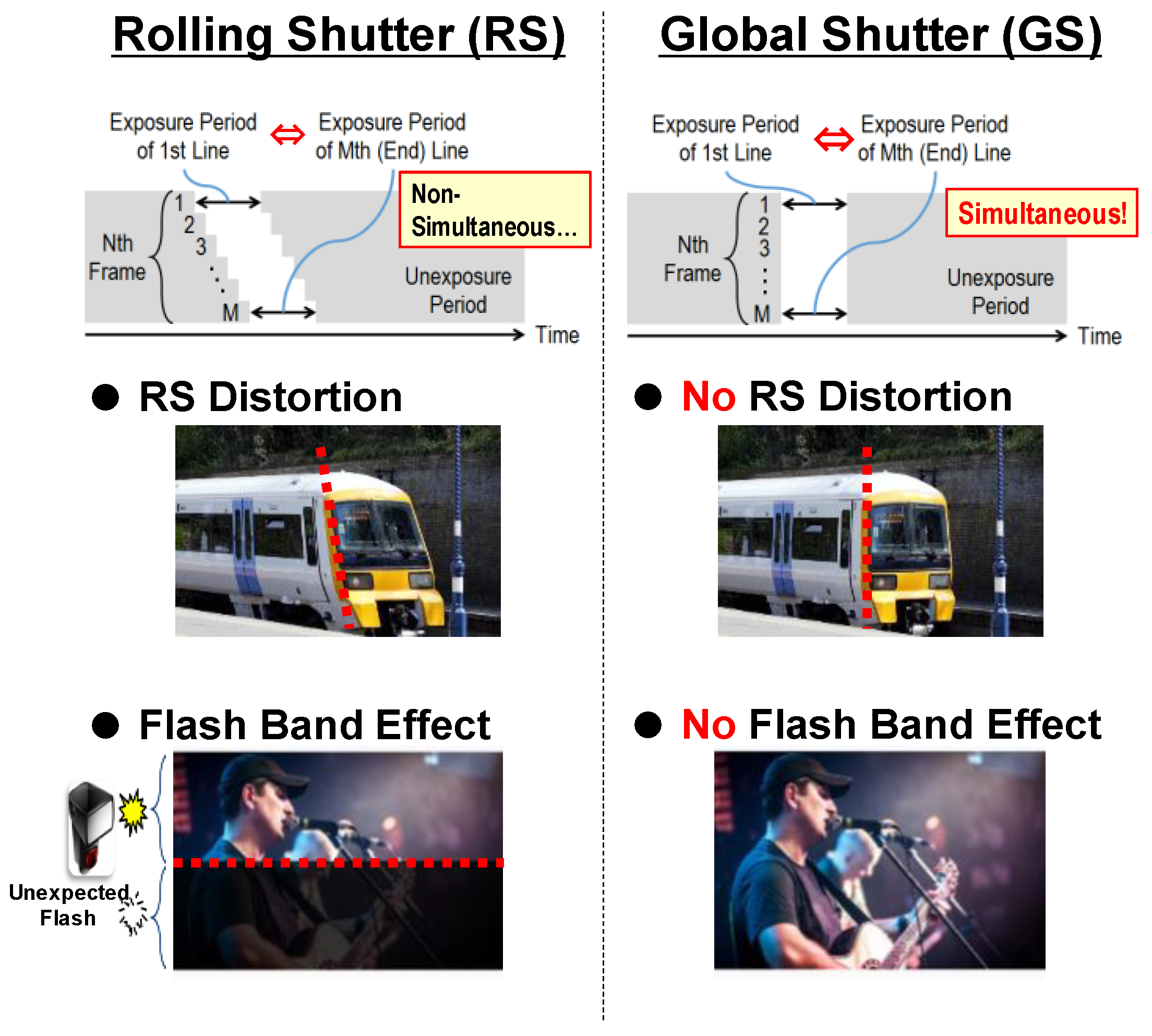 Canon’s research division posted a paper named “
Canon’s research division posted a paper named “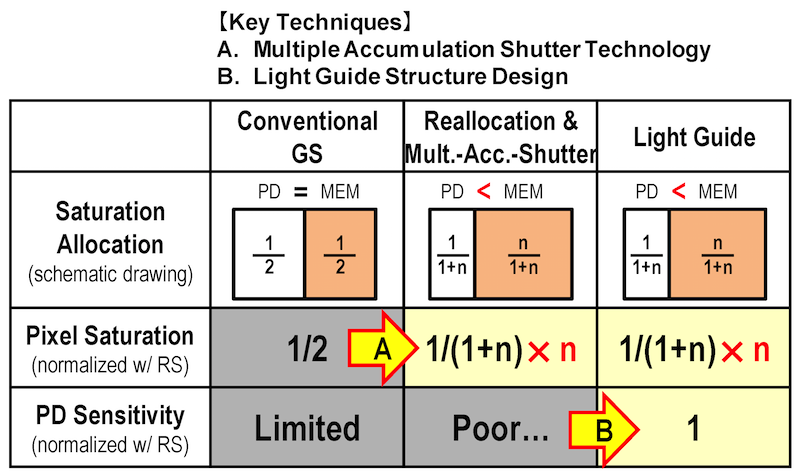
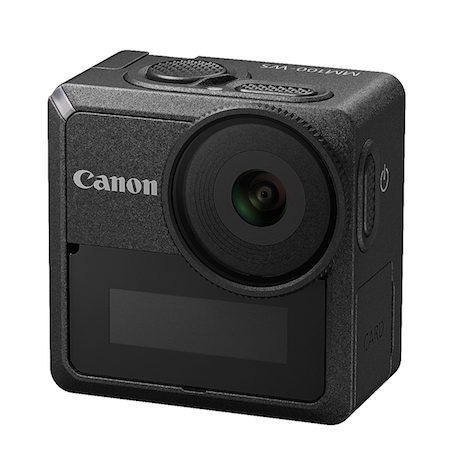
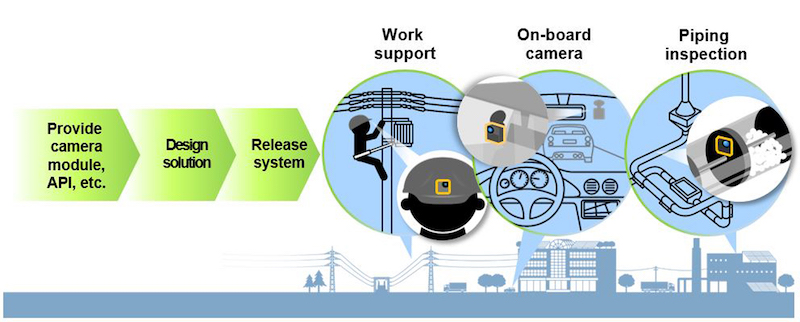
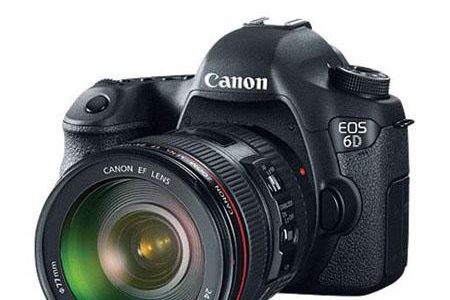
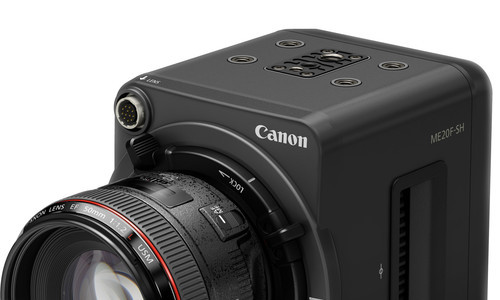
 Abstracts on Canon’s
Abstracts on Canon’s 